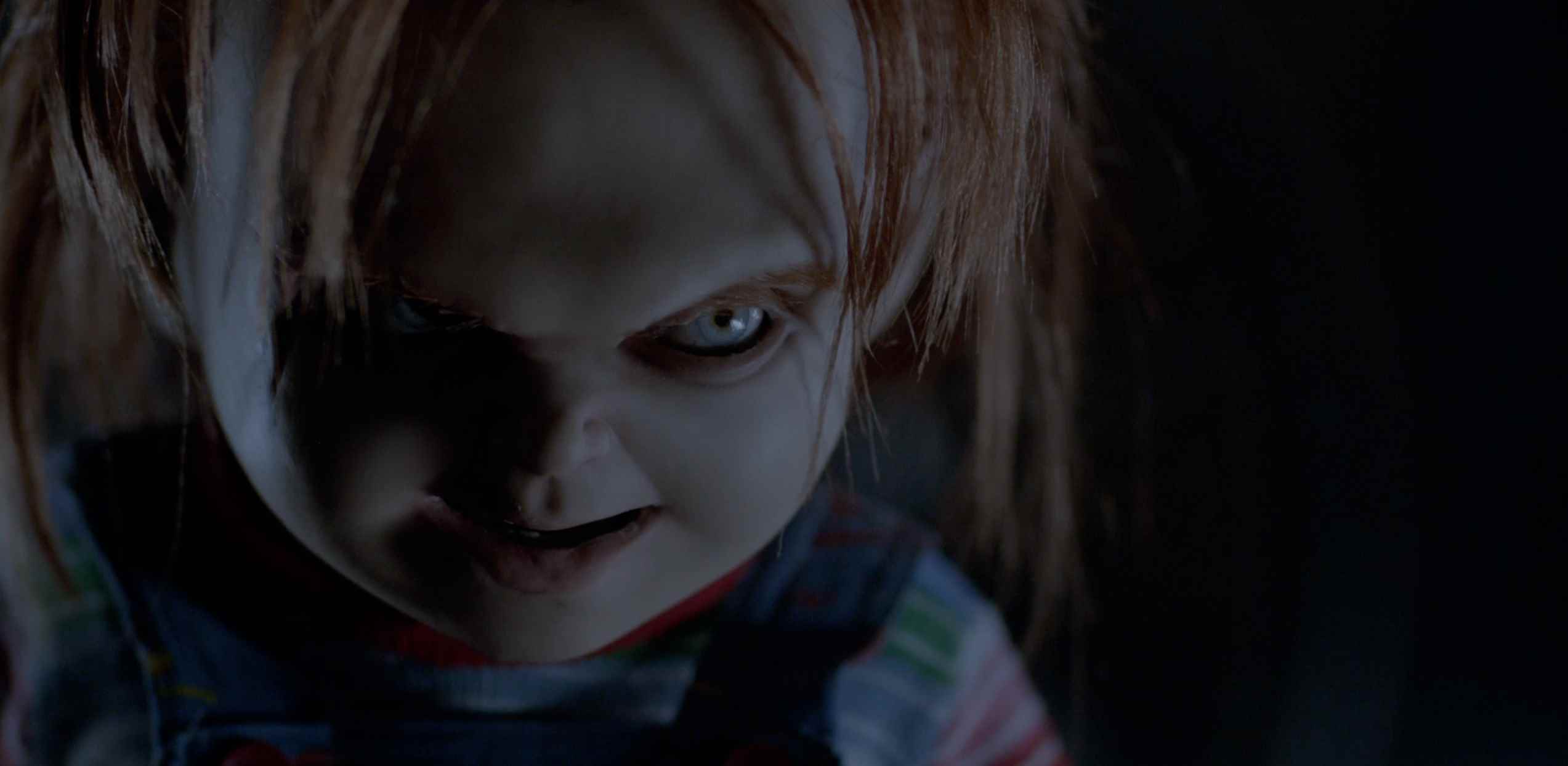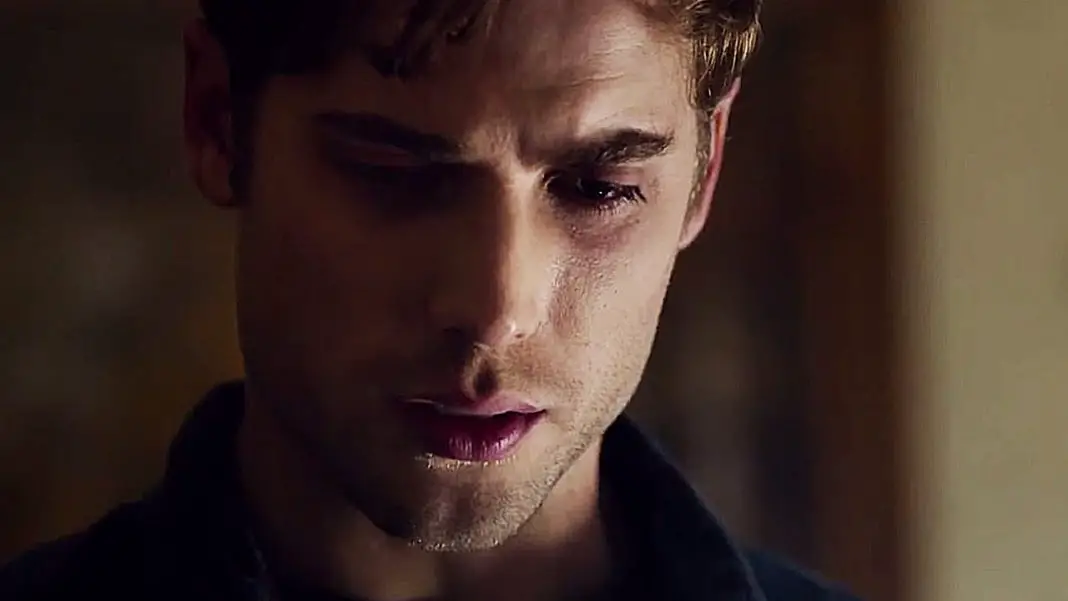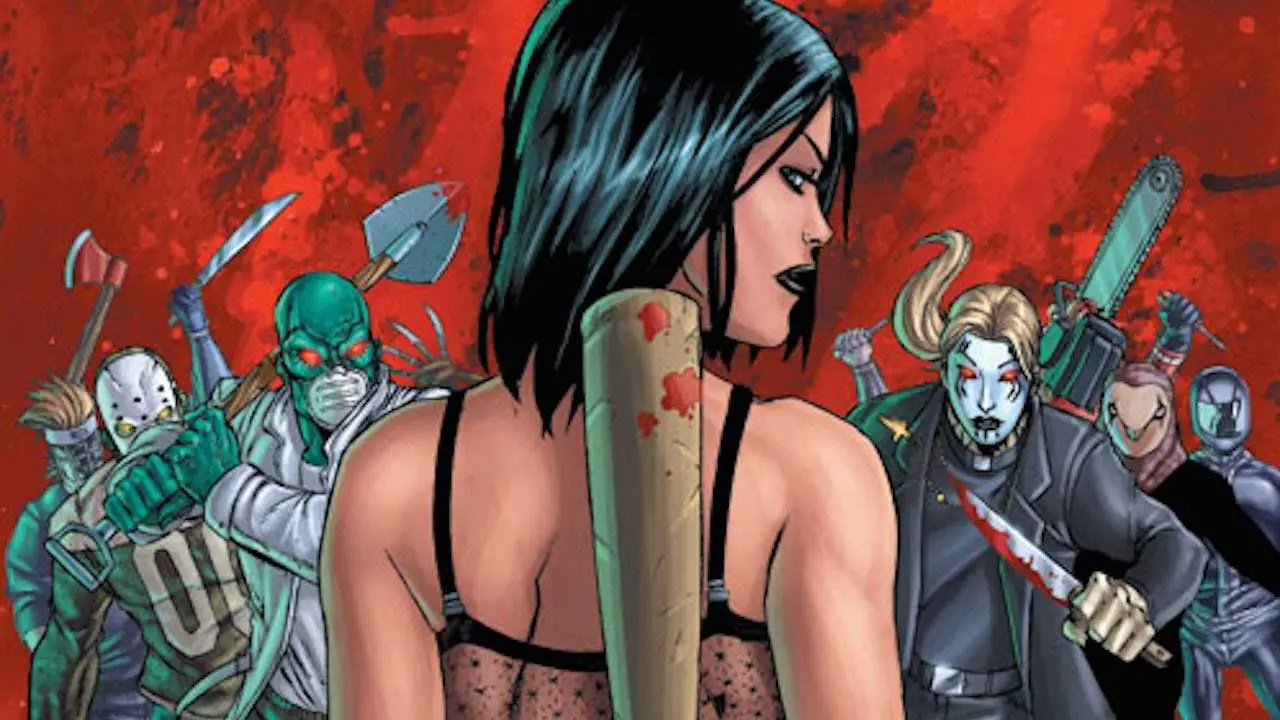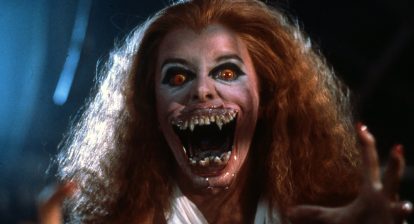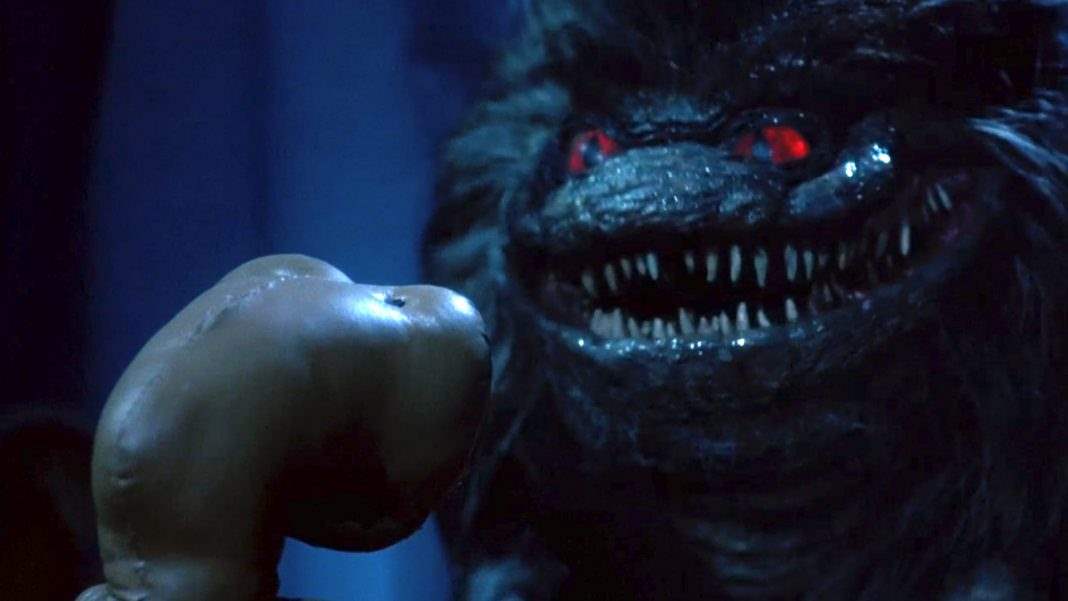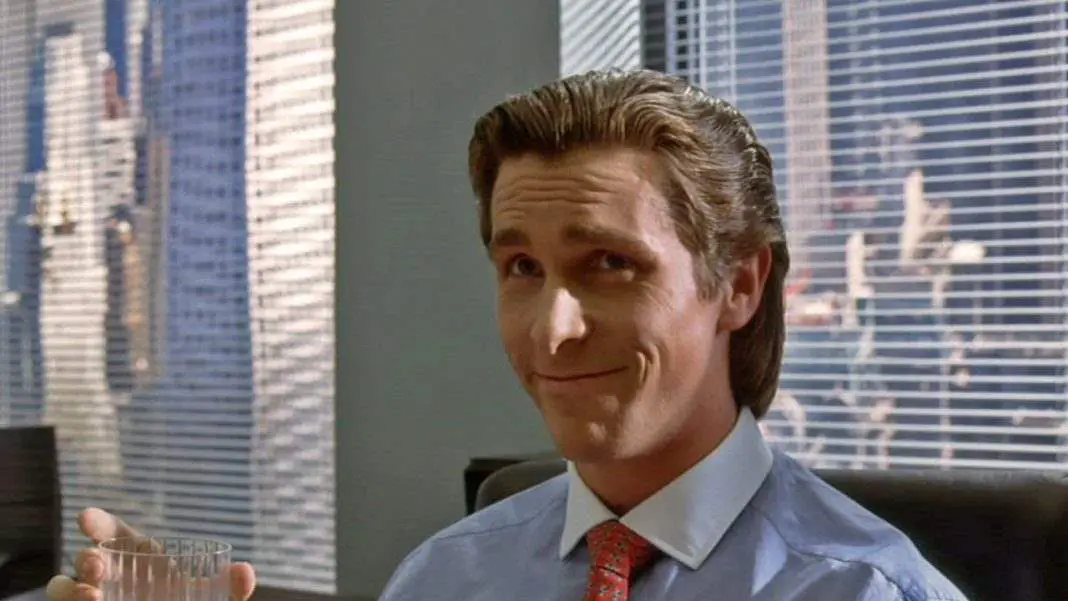Sequels in the horror genre get a bad rap, by and large. Among them, direct-to-video sequels are generally considered to be the worst of the bunch. They’re the bottom of the barrel. More often than not, they’re last ditch cash grabs on the part of the studio to turn a small profit on a brand that isn’t large enough to sustain another theatrical release. They often take pre-existing original scripts and alter them to fit whatever film they’re trying to follow up. And it’s not like there aren’t plenty of them that do exactly that. But there are often those movies that surprise you, that even if they don’t have as many resources or as much money as the original, they still wind up taking an impressive creative direction or—more often than not—simply being fun.
Those are the kinds of sequels we’re looking at on this list. Ones that did an impressive thing by truly making the most of what they had to work with, sometimes even outdoing the original film itself.
For this list, we’re not counting any sequels to movies that were originally direct-to-video, so as much as I love Puppet Master III, you won’t find it here. Same for another favorite, Return of the Living Dead 3, which is often thought of as DTV, but did in fact have a theatrical release. For part one of this list (courtesy of Wicked Horror’s Justin Steel) click here.
Pumpkinhead II: Blood Wings
The first Pumpkinhead is one of my favorite horror movies of all time, and I’ll be the first to admit that the sequel does not approach its level of quality. Having said that, it’s still a very fun ‘90s monster movie with some terrific FX work from KNB—especially considering they barely had any time to put it all together. There’s what I still consider to be one of the most disgusting decapitations ever put to film, plus a double impalement that still sticks out as one of the most sadistic Pumpkinhead moments ever. Jeff Burr has such an efficient style that the sequel is slick and polished when it easily could not have been.

Wrong Turn 2: Dead End
Joe Lynch’s directorial debut is easily one of the best direct-to-video sequels of all time. In fact, for my tastes at least, it’s better than the original. Wrong Turn is very much a throwback that’s hindered by the fact that while the story feels like a nod to the days of Hills Have Eyes, the direction and overall style are as early 2000s as you could possibly get. Wrong Turn 2 not only has the feel of those grindhouse backwoods horrors that Lynch has always clearly had an appreciation for, but it also does something new and interesting with the concept, depicting a reality TV program in which contestants are being picked off by the franchise’s family of inbred cannibals.
Leprechaun 3
Leprechaun 2 might actually be the slickest and most well made of the Leprechaun movies, thanks to Idle Hands director Rodman Flender, but a lot of people forget that the first two movies in this franchise did in fact go to theaters. Leprechaun 3 was the first direct-to-video entry and it remains probably the number one fan favorite. For good reason, too. This is the distilled essence of a Leprechaun movie.
Stupid rhymes, obsession with gold, unbelievably absurd death scenes; if you had to show one movie to explain to people what the Leprechaun series is all about, this would have to be it. The whole cast is clearly having fun. Caroline Williams manages to occasionally steal the show from Warwick Davis, an almost impossible feat. John Gatins, the star of this sequel, also went on to write movies like Hardball, Flight and Kong: Skull Island.
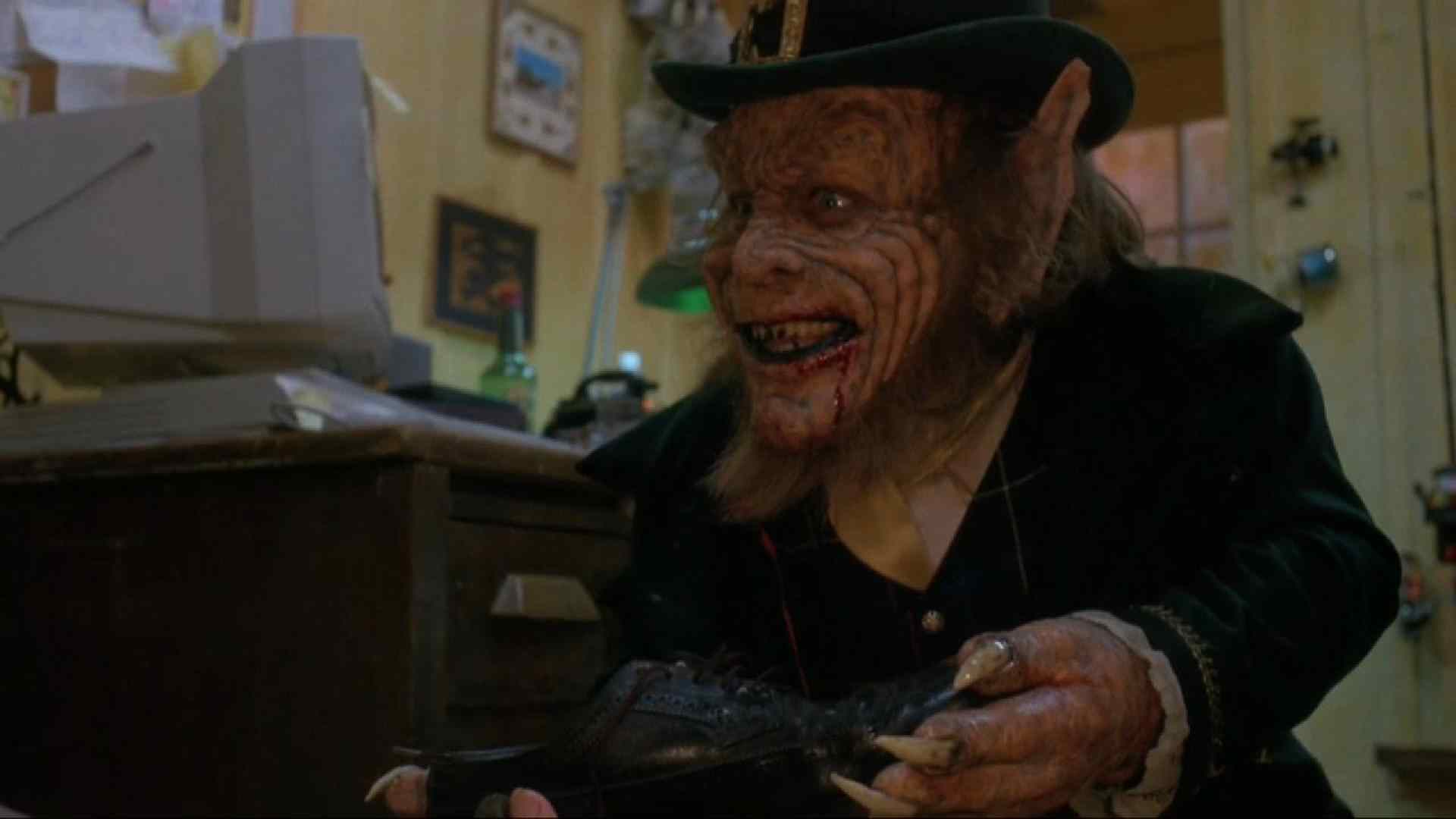
Hellraiser: Deader
Other than Revelations, Deader tends to be the Hellraiser sequel that even the die-hard franchise fans hate with a burning passion. Like many of the sequels, it was not originally written as a Hellraiser movie. But it really works as one and gives the series a flawed, layered and compelling heroine for the first time since Hellraiser III. The plot revolves around a journalist sent to investigate a cult that appears to have cracked the key to defeating death. They kill themselves and, moments later, they come back. This has caught Pinhead’s eye as those souls belong to him, and that’s what forms the backbone of the movie.
Like Inferno and Hellseeker, it’s a very Jacob’s Ladder-esque psychological horror where it’s hard to tell what’s real from one moment to the next, but it infuses that with the Hellraiser mythology in some neat ways. One of the biggest, of course, is that the cult leader is part of the cursed bloodline that formed the basis of Hellraiser: Bloodline and is likely the young boy from that feature all grown up.
The Crow: Salvation
This one doesn’t seem to have many, if any, fans. But—not that this is saying much—I think it’s easily the best of the Crow sequels. Everything that City of Angels did wrong by virtually being a rehash of the original movie, Salvation completely side steps. This is a new story. The theme of lost love is still completely intact, but there’s a new angle to it as well, as our hero didn’t just lose the love of his life, he was convicted and executed for her murder. He’s out to not only avenge her, but to clear his own name from beyond the grave. It’s a much smaller movie than the first two, obviously, but it’s also a surprisingly relevant take on police corruption and the lengths the boys on the force will go to in order to protect their own.

Howling VI: The Freaks
Howling II: Your Sister is a Werewolf and Howling III: The Marsupials are known for being two of the most batshit sequels ever made, because they really are. They’re insane and ridiculous and never seem to be intended in being anything other than insane and ridiculous. But there’s a very big tonal shift once we get to later era of the franchise with two legitimately good, compelling sequels, Howling V: The Rebirth and Howling VI: The Freaks.
Between the two, I have to go with The Freaks, which has been an admitted favorite of mine since childhood. Ironically, it has the franchise’s worst-looking werewolf, but the story is surprisingly strong. This is a movie about small towns and the small-mindedness that often accompanies them, about people not only being feared and misunderstood, but objectified for it. We’ve got people being exploited and going along with it because they think it’s the only way they’ll ever be accepted. And then of course we’ve got a knock down, drag out fight between a crappy looking werewolf and an amazing looking vampire.

Children of the Corn III: Urban Harvest
The first direct-to-video entry in the Children of the Corn series is also maybe the best of the bunch, if only for how utterly insane it is. This takes the action away from Gatlin, Nebraska, out of the corn fields and into the Chicago ghetto. If you think that doesn’t make any sense considering that there’s no corn in inner-city Chicago, you’re right. But the plot revolves around a creep boy preacher—as is required by the franchise—who’s also the kid from Demonic Toys growing corn in the basement to start a new flock of blossoming young murderers. If you thought the first movie was ridiculous for actually attempting to sort of show He Who Walks Behind the Rows in the form of a cloud, Urban Harvest goes for broke by turning that vague and sinister entity into an actual giant corn monster.

Curse & Cult of Chucky
These two are tied because, for one thing, they’re both great. But they also do exactly what a sequel should do, by both taking the series in bold new directions without contradicting anything that came before. The Child’s Play franchise has always been exceptional at this. Each movie is different, as the series goes on it even tackles many different genres and styles, but Chucky is always Chucky. Don Mancini is always intent on making sure that things feel fresh. Curse almost feels like a reboot, it’s very much a back to basics approach in terms of recapturing the tone of the original. But as that film progresses, it’s actually deeply tied to the continuity of the series as a whole. Cult compliments that by carrying on from where Curse ends, but bursting the mythology wide open so that it feels like anything is possible moving forward.

